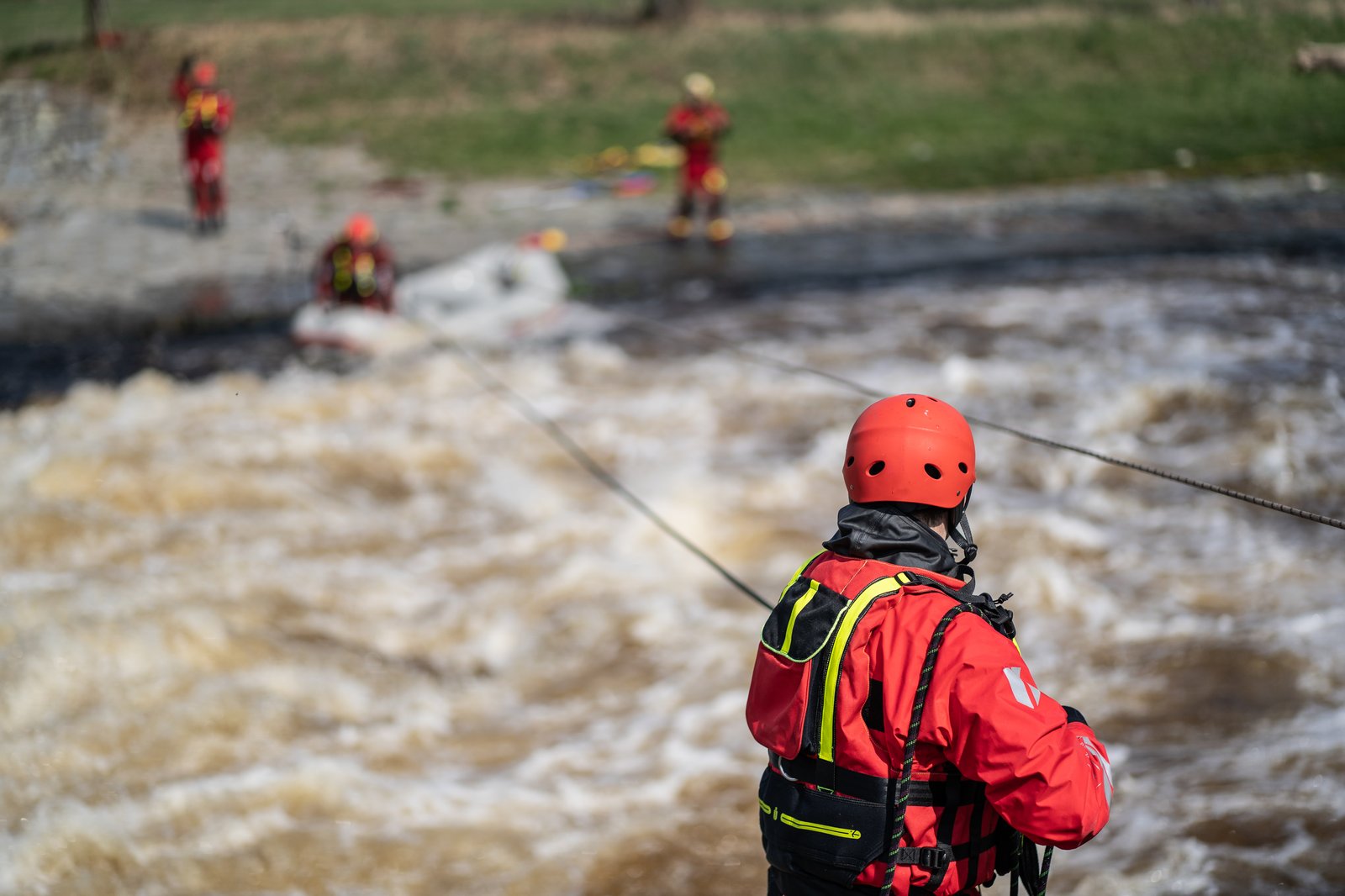Why Risk Management Matters
Your risks are real and so are our solutions. At Zurich Resilience Solutions UK, we don’t believe in one-size-fits-all advice or generic reports. Our team delivers practical, hands-on support designed for your specific needs, industry, and risk profile. We work alongside you to turn insight into action, combining global expertise with local understanding to help you manage today’s challenges and tomorrow’s uncertainties.
We help organisatons:
 Understand: We work with you to assess your organisation’s liability and casualty risk exposures. Our consultants review your people, processes, products, and operations to give you clear visibility of where your risks lie.
Understand: We work with you to assess your organisation’s liability and casualty risk exposures. Our consultants review your people, processes, products, and operations to give you clear visibility of where your risks lie.
 Predict: Using industry data, trend analysis, and scenario modelling, we help you anticipate how liability risks could impact your business. This includes forecasting regulatory changes, emerging threats, and the potential consequences of incidents.
Predict: Using industry data, trend analysis, and scenario modelling, we help you anticipate how liability risks could impact your business. This includes forecasting regulatory changes, emerging threats, and the potential consequences of incidents.
 Overcome: We deliver tailored solutions and practical recommendations to help you reduce risk, strengthen compliance, and build resilience. Our support covers everything from training and consultancy to claims defensibility and incident management, empowering your organisation to operate with confidence.
Overcome: We deliver tailored solutions and practical recommendations to help you reduce risk, strengthen compliance, and build resilience. Our support covers everything from training and consultancy to claims defensibility and incident management, empowering your organisation to operate with confidence.
Solutions as real as the risks
Your risks are real and so are our solutions. At Zurich Resilience Solutions UK, we don’t believe in one-size-fits-all advice or generic reports. Our team delivers practical, hands-on support designed for your specific needs, industry, and risk profile.
We’ll take the time to understand how you work and offer practical, tailored solutions to strengthen your resilience. Whatever your challenges, we have a solutions to help build resilience within your organisation.

Climate and Extreme Weather Risk
Plan for extreme weather, regulatory change, and environmental impact. We help you build climate resilience and adapt for long-term growth.

Cyber attacks and digital security Risk
Protect your digital assets and operations from fast-evolving cyber threats. We offer risk assessments, training, response planning, and advanced cybersecurity resilience strategies.

Property and assets Risk
Safeguard buildings, equipment, and infrastructure. Our engineering expertise helps prevent losses and support operational continuity.

Liability & Casualty Risk
Reduce exposure to legal, regulatory, and operational risks. We work with you to strengthen safety, meet compliance, and minimise incident impact.

Motor and Motor Fleet Risk
Keep vehicles and drivers safe. We help you manage fleet risks, improve safety, and support compliance and efficiency.

Enterprise & Operational Risk
Take a holistic approach with enterprise risk management, scenario planning, and crisis preparedness to foresee and adapt to risk.
Not Sure What Risks You Face?
Don’t worry, Zurich Resilience Solutions is here to help. If you’re unsure which risks could affect your organisation, our experts will work with you to assess your situation and uncover hidden exposures. We’ll help you prioritise what matters and develop a clear and practical plan, so you can move forward with confidence.



